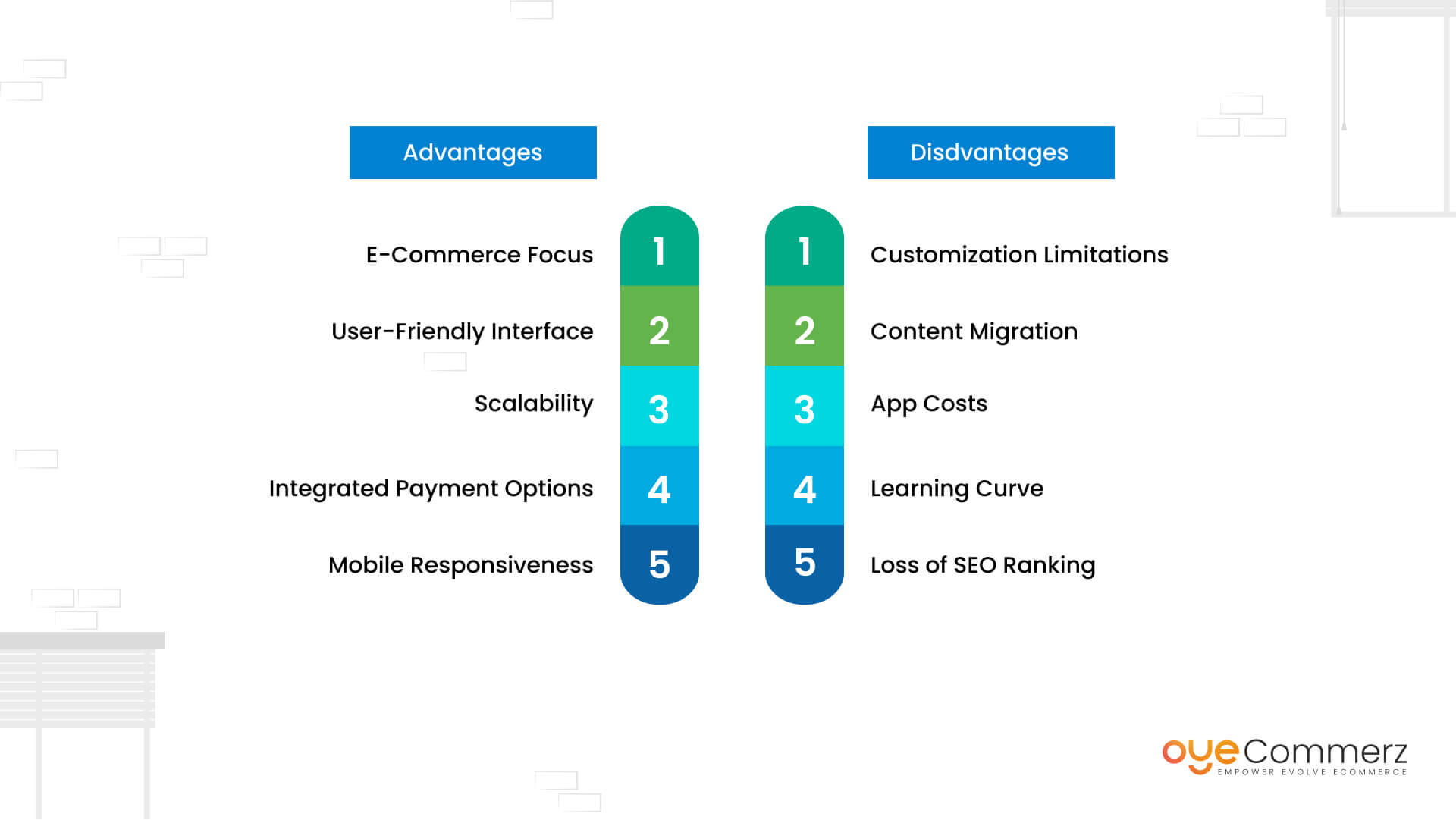Shifting from WP to Shopify marks an promising step in streamlining your online store processes. As companies grow, selecting a platform that aligns with scalability, user experience, and flexibility is essential. Shopify has emerged as a favorite for online merchants, offering unmatched adaptability, data protection, and user-friendliness. In this guide, we will delve into the transformative impact of this migration, highlight the benefits, and provide practical tips to facilitate a seamless transition.
1. Why Switch from WP to Shopify?
WordPress, paired with WooCommerce, has served countless e-commerce platforms. However, as companies expand, issues like reliance on plugins, security vulnerabilities, and technical complexities often obstruct progress. Shopify, specifically created for digital retail, addresses these concerns with an comprehensive, user-friendly platform. Real data supports this shift—Shopify powers over 4.4 million websites worldwide, with a reported 10% increase in sales conversion rates for many businesses post-switch.
2. Key Benefits of Shopify for E-commerce Success
Shopify’s robust ecosystem is tailored for scaling businesses. Its standout benefits are:
- Seamless Customization: Shopify provides over 80 professionally designed themes.
- Built-in Features: Capabilities such as Shopify Payments and integrated SEO streamline operations.
- Global Reach: Multi-currency support and localization features enable businesses to expand internationally.
Additionally, Shopify boasts an uptime rate of 99.98%, ensuring your website is always operational.
3. Preparing for WP to Shopify Migration
Before migrating, assess your current store. Analyze inventory details, client information, and search engine rankings. Resources such as Shopify’s Migration Kit or external tools can simplify this process. Develop a comprehensive plan, ensuring all assets—product descriptions, images, and articles—are optimized for transfer.
4. The Importance of Accurate Data Migration
Data migration forms the foundation for a successful transition. When moving from WordPress to Shopify, prioritize:
- Inventory Details: SKU, item summaries, and categories.
- Client Information: Emails, purchase records, and custom fields.
- Shopify post-migration support SEO Optimization: Preserve meta tags, URLs, and forwarding paths to maintain search rankings.
Use apps like LitExtension to streamline data transfer while reducing mistakes.
5. Customizing Your Shopify Store
After the move, personalizing your Shopify store ensures it aligns with your business identity. Utilize Shopify’s drag-and-drop editor to design pages effortlessly. Shopify's themes are optimized for all devices, providing a smooth UX across platforms—a key point, given 74% of online shopping is generated by mobile visitors.
6. Maintaining SEO During Migration
SEO is vital for maintaining your online presence during migration. Shopify excels in SEO with clean URL structures, preloaded features, and seamless blog integration. Ensure:
- Implement 301 redirects for existing links.
- Optimize new pages with keyword-rich content.
- Leverage plugins like Plug in SEO to track analytics post-migration.
7. Post-Migration Testing
After finishing the transfer, run detailed checks.
Check: - Page load times (Shopify delivers faster speeds in contrast with WP).
- Functionality of payment gateways and checkout processes.
- Adaptability across devices.
Quality assurance guarantees your store delivers a seamless shopping experience from day one.
8. Case Study of a Successful Migration
An example of effective platform switching is Gymshark, a sportswear company that transitioned to Shopify. After the switch, the company experienced a 60% boost in mobile sales and reduced site downtime. This highlights the capabilities of Shopify in driving online business success.
9. Overcoming Common Migration Issues
Migration is not without obstacles, such as information accuracy and adjusting tailored features. However, Shopify’s robust support and external professionals simplify the process. Partnering with experienced Shopify developers ensures a smooth transition.
10. Starting Your Journey with Shopify
Switching from WP to Shopify marks a forward-thinking decision to e-commerce. By focusing on growth, simplifying management, and improving buyer satisfaction, Shopify empowers businesses to thrive in competitive markets.
Final Thoughts
Switching from WordPress to Shopify offers a smart solution that can greatly enhance your online business performance. With a well-structured strategy, the appropriate resources, and professional guidance, you can unlock new success milestones.
Ready to make the Custom Shopify development leap? Let’s discuss how our Shopify migration services can revolutionize your online store. Contact us now, or consider: Can your business afford to miss out on Shopify’s growth potential?
